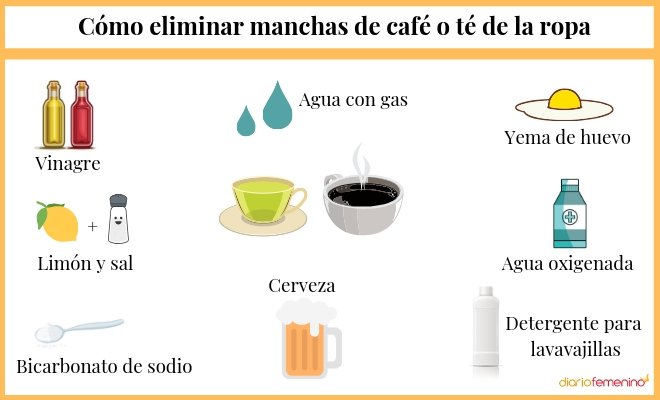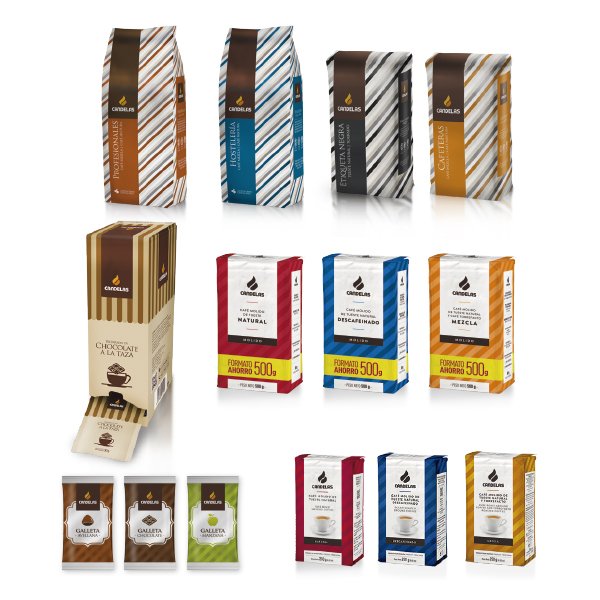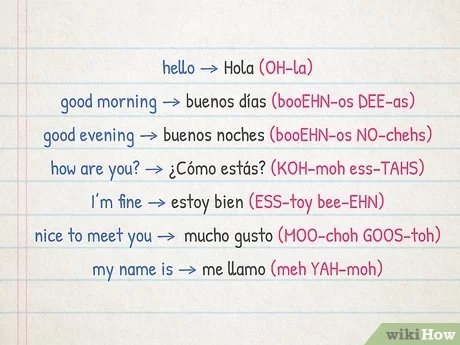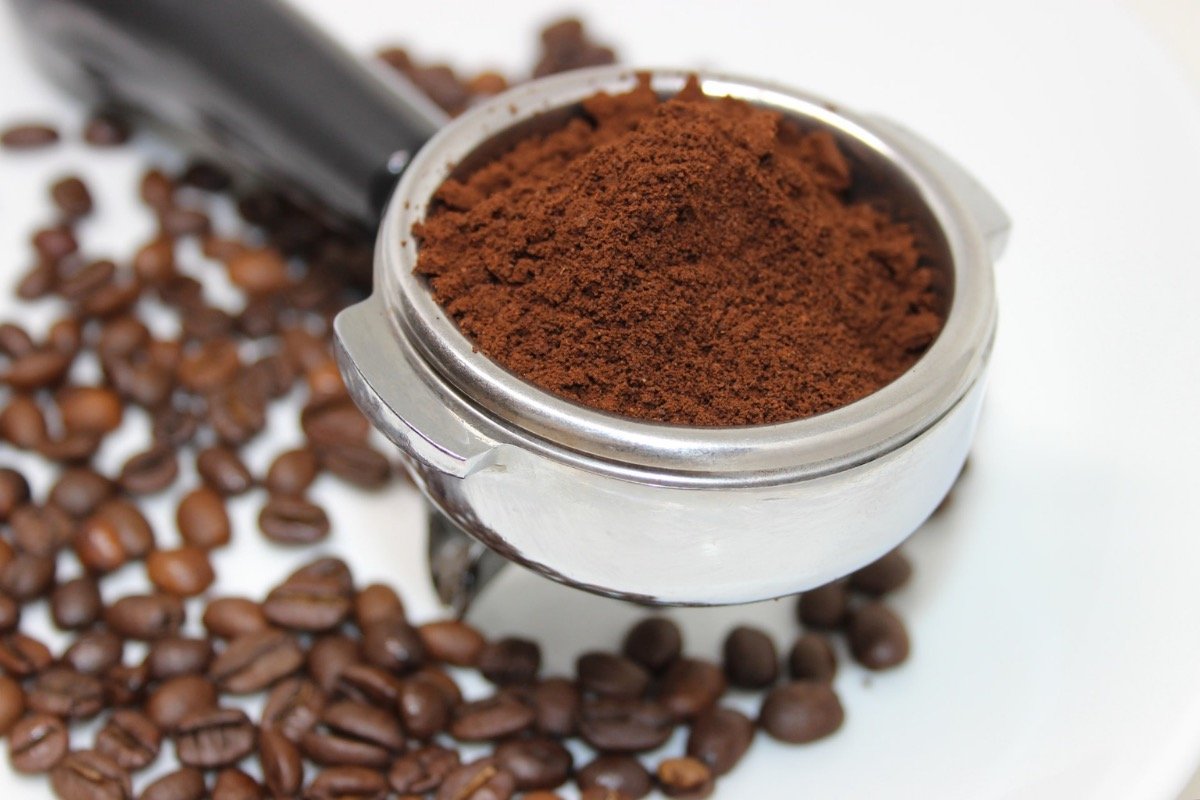Aprende a socializar en inglés mientras disfrutas de un café

Si eres un hablante no nativo de inglés y te encuentras en un país angloparlante, es probable que en algún momento te hayas enfrentado a la situación de pedir un café en inglés. Aunque parezca una tarea sencilla, puede generar cierta ansiedad y confusión si no estás seguro de cómo hacerlo correctamente. Después de todo, el café puede ser una parte crucial de la cultura diaria en muchos países de habla inglesa, por lo que es importante saber cómo pedirlo de forma efectiva y evitar malentendidos. En este artículo, exploraremos algunas pautas y consejos útiles para pedir un café en inglés como un verdadero hablante nativo.
- Aprender vocabulario específico: es importante conocer las palabras y frases comunes que se usan al ordenar o solicitar un café en inglés, como Americano, Latte, Espresso, Iced coffee, entre otras.
- Conocer las diferencias culturales: en algunos países angloparlantes, como Inglaterra y Australia, es común pedir café con leche caliente, mientras que en otros, como Estados Unidos, se suele pedir café negro y se añade la leche y el azúcar individualmente. También es importante saber cuál es la forma de servicio, ya que puede variar según el lugar.
- Practicar la pronunciación: al intentar hablar inglés en un lugar para ordenar un café, es importante tener en cuenta la pronunciación de las palabras, especialmente si se tiene un acento diferente al nativo. Se recomienda practicar lo necesario para poder ser entendido sin problemas en el lugar.
¿Qué palabra se utiliza para expresar el deseo de tomar un café?
La palabra utilizada comúnmente para expresar el deseo de tomar un café es coffee. Esta palabra proviene del idioma inglés y se ha popularizado en todo el mundo debido al amplio consumo de café en la cultura occidental. Sin embargo, en algunos países como Italia, se utiliza la palabra espresso para referirse a una taza de café preparada de manera específica. En cualquier caso, la invitación a compartir una taza de café es un gesto común en muchas culturas y puede ser una oportunidad para establecer conexiones sociales y mejorar relaciones personales o profesionales.
La cultura del café se ha expandido en todo el mundo, lo que ha llevado a que muchas personas utilicen la palabra coffee para invitar a tomar una taza. Sin embargo, en países como Italia se prefiere la palabra espresso. Tomar café es una oportunidad para establecer relaciones sociales y profesionales.
¿Cómo se invita a alguien a tomar un café en inglés?
En inglés, para invitar a alguien a tomar un café, se pueden utilizar distintas frases como Would you like to have a coffee? o Would you like a cup of coffee?. Ambas expresiones son comunes y adecuadas para este tipo de invitación en un contexto informal o laboral. En cualquier caso, lo importante es ser educado y amable al realizar la invitación, y tener en cuenta las costumbres de cortesía propias de la cultura anglosajona, como, por ejemplo, ofrecer a pagar la consumición del invitado.
Inviting someone for a coffee in English can be done using different phrases such as Would you like to have a coffee? or Would you like a cup of coffee?. Being polite and courteous, and taking into account Anglo-Saxon etiquette such as offering to pay for the guest’s drink, is important in any informal or professional context.
¿De qué forma puedo solicitar un café en inglés?
When ordering coffee in English, it’s important to use the appropriate phrases and understanding the lingo used by baristas. A typical conversation may begin with a greeting like Hi there! or Good morning! followed by a question like What can I get you today, sir? When placing your order, be specific by stating the type of coffee and milk preference, size, and whether you’d like it to take away or for here. After confirming the order, the barista may ask if you’d like anything else before providing a total cost.
Para ordenar café en inglés, es importante utilizar frases adecuadas y entender la jerga utilizada por los baristas. Pedir específicamente el tipo de café, preferencia de leche, tamaño y si es para llevar o consumir en el lugar. Se confirmará la orden y se proporcionará el costo total.
A beginner’s guide to ordering coffee in English
If you’re new to ordering coffee in English, there are a few key phrases you need to know. First, decide what type of coffee you want. Options include drip coffee, espresso, latte, cappuccino, and more. Next, indicate the size you’d like – typically small, medium, or large. Finally, specify any additions you want, such as milk, sugar, or flavor syrup. For example, you could say, I’d like a medium latte with two pumps of vanilla syrup and a splash of almond milk. With these basic phrases, you’ll be able to confidently order your favorite coffee in English.
Knowing the coffee terminology is essential when ordering in English. Choose your type of coffee, size, and add-ons like milk, sugar or syrup. For instance, Medium latte with two pumps of vanilla syrup and a splash of almond milk. Show confidence and order your favorite coffee in English today.
Mastering the art of coffee language in English
Mastering the art of coffee language in English is essential for those working in the coffee industry. Understanding terminology such as espresso, latte, and cappuccino is just the beginning. Baristas must also know the specific brewing methods for each type of coffee, how to properly grind and measure the coffee beans, and the correct milk frothing techniques. Additionally, being able to communicate effectively with customers about their coffee preferences and recommendations requires a mastery of coffee language. It takes practice and dedication to become fluent in the language of coffee, but the rewards of being a skilled barista are worth it.
Mastery of coffee language is crucial for those in the coffee industry. Baristas must know the brewing methods, coffee bean grinding, milk frothing techniques, and be able to communicate effectively with customers. It takes practice and dedication to become a skilled barista.
Exploring the cultural significance of coffee in English-speaking countries
Coffee has become an integral part of the culture in English-speaking countries. It is not just a beverage, but a social lubricant that brings people together. Coffeehouses have been popular in these countries since the 17th century, where people would gather to share ideas and engage in intellectual discussions. Today, coffee remains a beloved beverage, with many different varieties and brewing methods. Whether it is enjoying a cup of drip coffee in the morning, a latte at a trendy café, or a cup of tea with friends, coffee has become deeply ingrained in the social fabric of English-speaking cultures.
Coffee has surpassed its status as a mere drink and has become a cultural emblem for English-speaking countries. Coffeehouses have been centers of intellectual discussion for centuries, and today, coffee remains a favorite among these cultures. The different brewing methods and endless varieties make coffee a versatile beverage enjoyed in many social settings.
A linguistic analysis of coffee-related vocabulary in English
A linguistic analysis of coffee-related vocabulary in English reveals the extensive influence of coffee culture on the language. The use of specialized vocabulary, such as espresso, latte, and cappuccino, demonstrates the way that coffee has become deeply rooted in English-speaking countries. Additionally, words like barista, coffeehouse, and roasting have also entered common usage, signifying the importance of the coffee industry as a cultural and economic force. An examination of coffee-related language in English provides insight into the evolution of language as well as the cultural significance of coffee.
Coffee culture in English has influenced the language to a significant extent, with specialized vocabulary like latte and espresso being commonplace. The usage of words such as barista and roasting highlights the coffee industry’s cultural and economic importance, providing insight into the language’s evolution and coffee’s cultural significance.
Tomar un café en inglés puede ser una experiencia enriquecedora para aquellos que buscan mejorar su fluidez en el idioma, ya que esta bebida cotidiana es parte de la cultura y la vida social en muchos países de habla inglesa. Además de aprender nuevas palabras y frases en el idioma, compartir un café con hablantes nativos puede ser una oportunidad para conocer mejor su cultura y costumbres. Así que ¡no dudes en pedir un café en inglés la próxima vez que visites un café de habla inglesa!












